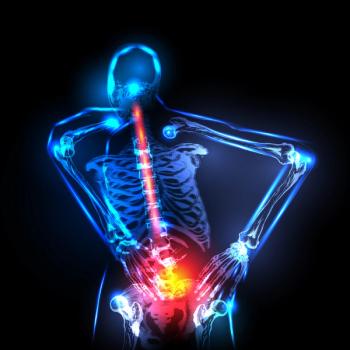
Low back pain is one of the most common reasons patients seek primary care; 3 new studies confirm what most of them don’t want to hear: less treatment is better than more.

Low back pain is one of the most common reasons patients seek primary care; 3 new studies confirm what most of them don’t want to hear: less treatment is better than more.

Up to 50% of patients taking opioids for an extended period develop constipation. Patient education and basic prevention can help mitigate the side effect.

Brief exposure to a variety of modifiable factors-physical and psychosocial-increases the risk of back pain.

An estimated 10% to 20% of women experience major depression during pregnancy. Opioids could double that trouble.
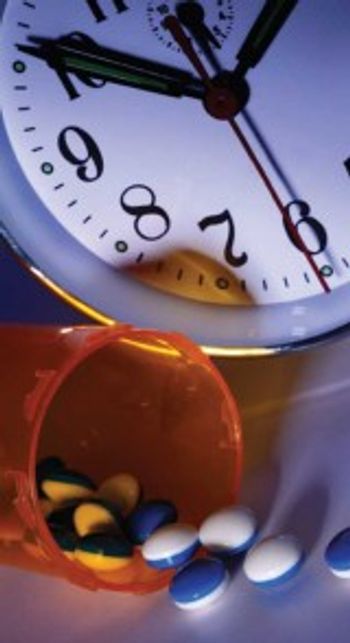
Good physical and social functioning may help avert insomnia in older people with musculoskeletal pain.

Best practices make a strong case against prescribing benzodiazepines for chronic pain patients taking opioids. But are we following best practices?
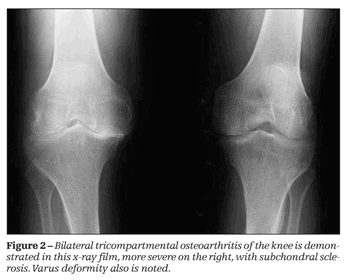
Synovitis predates and is associated with the development of radiographic osteoarthritis, new findings suggest. Treating synovitis in knee OA may help reduce disease progression and relieve symptoms. Details here.
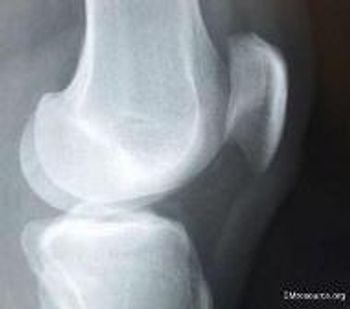
While demonstrating his retro dance moves, a 31-year-old injures his knee doing “the Twist.” Now he can barely walk. Would you order an x-ray?

An occult fracture in the knee is most often a nondisplaced lateral tibial plateau fracture.

A new study found that alcohol was involved in more than 20% of both opioid- and benzodiazepine-related deaths reported to the Drug Abuse Warning Network in 2010.

Dyspnea and blood-streaked sputum; severe URI followed by rash; chronic pain; Lemierre syndrome . . . how well will you do on this quiz?

A 62-year-old man has moderate to severe leg pain after playing 36 holes of golf. The pain originates from the lumbar spine and radiates into his lower extremities. What is the best course of treatment?
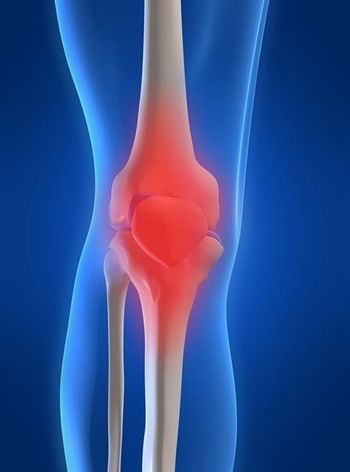
A 45-year-old man with knee pain has medial osteoarthritis, and you prescribe NSAIDs. He plans to attend tennis camp. Do you recommend he wear a brace?
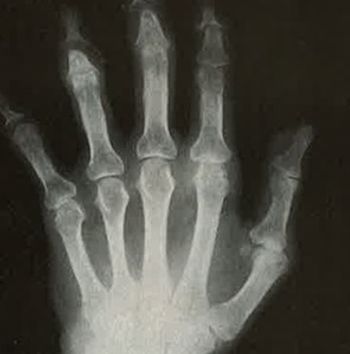
A 56-year-old woman presents with persistent pain and tenderness in both hands. A workup reveals she has erosive osteoarthritis. Which factors are most strongly associated with increased pain?

Difficulty with sleep is a common problem for people with chronic pain. Plus, it is well known that while pain medications cause sedation, they can also disrupt normal sleep cycles.
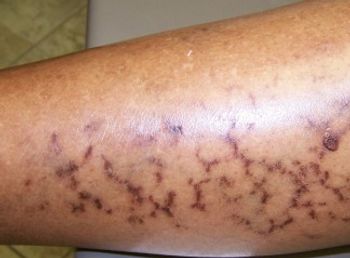
Mottled skin; neuropathic pain; syncope . . . test yourself on these and other subjects.

Deaths from opioid overdoses routinely claim headlines but nearly as many fatalities are caused each year by nonsteroidal anti-inflammatory drugs. Who's tracking trouble under the radar?
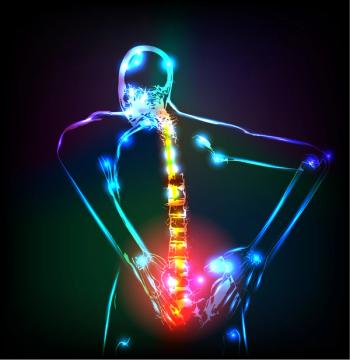
Chronic pain and psychological interventions, complex regional pain syndrome, spinal fractures and low back pain, acute gouty arthritis, Chiari I malformation, Dengue fever, erythema nodosum-a look at pain in its many shapes, sizes, and locations.

The results of several recent studies on both drug classes may come as a surprise. Will they change the way you prescribe either or both for pain?
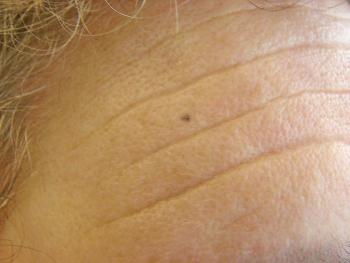
A new dark spot on the forehead; overprescribing of benzodiazepines; alcohol and atrial fibrillation . . . can you answer the quiz questions on these topics?
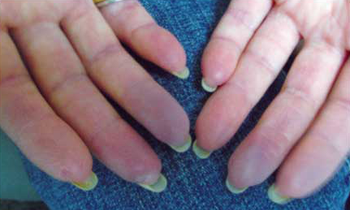
Polycystic ovary syndrome, “dermatoses of pregnancy,” systemic sclerosis, subacute cutaneous lupus erythematosus, gallbladder agenesis, sarcoidosis-a close look at medical problems seen frequently in women.
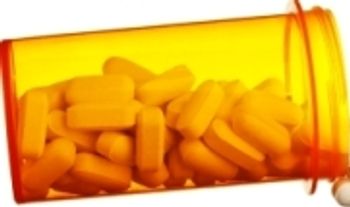
The answer to this question has long been considered to be, "yes" and for what seem to be logical reasons related to the nature of chronic pain. But, where's the science to support the belief?
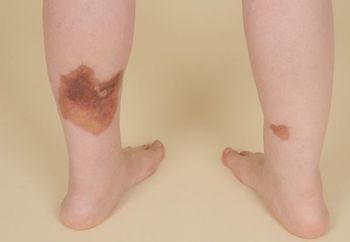
Put yourself to the test: This week’s quiz questions you about skin disease, diabetes, sarcoidosis, atrial flutter, and pain medications.

Three new opioid analgesics that purport to offer benefits that current products lack come with marketing messages that ring both contradictory and redundant.
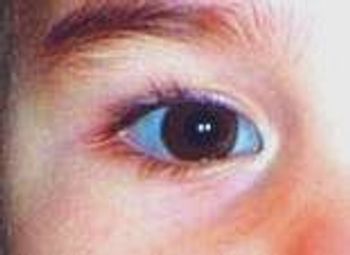
Brown eyes, blue sclera; stress tests when a patient can’t stress; CRPS type I vs CRPS type II: can you answer these quiz questions?